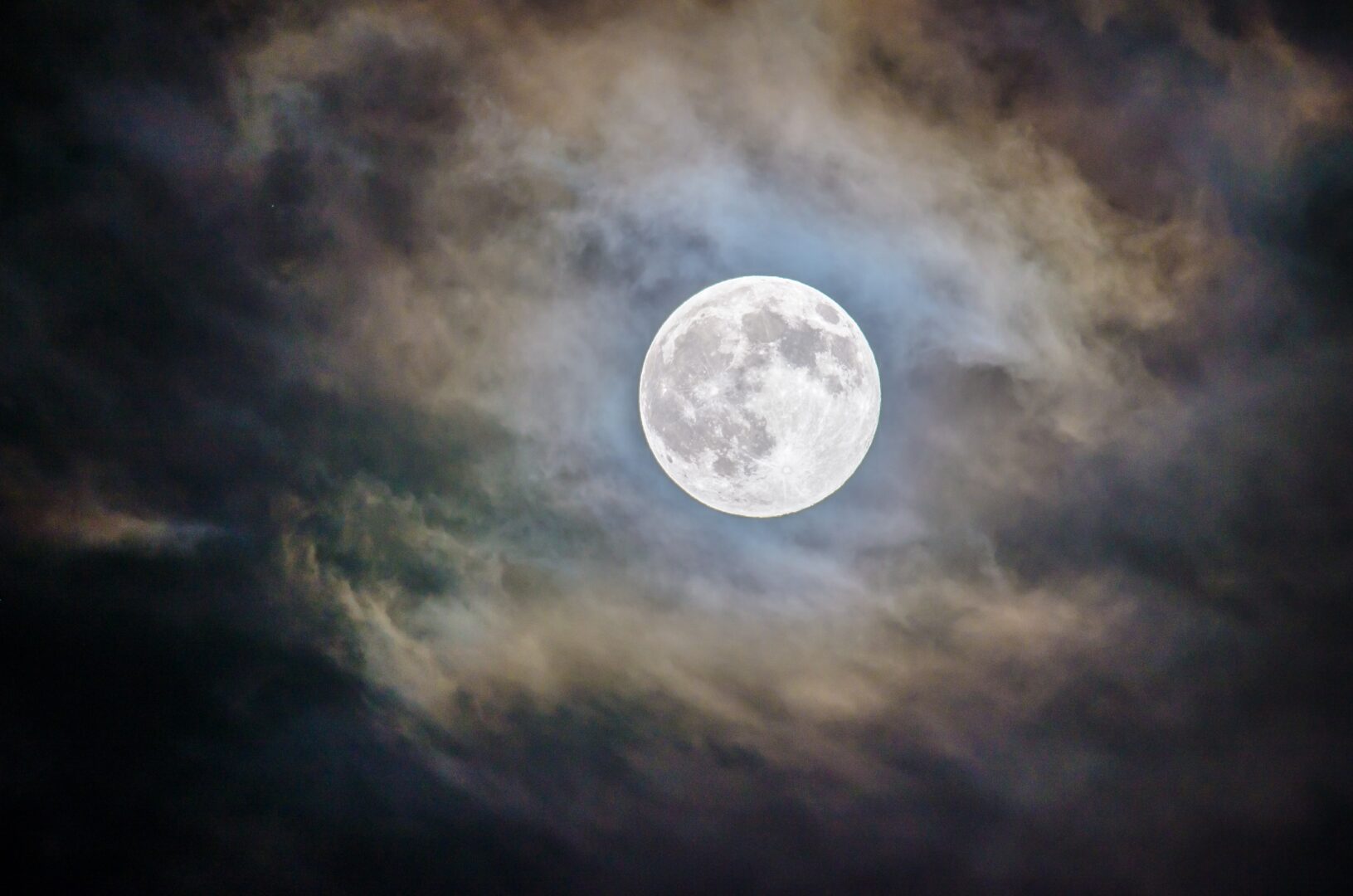Philippine folklore is abundant in strange mythical creatures, which have been told from generation to generation. Most Filipinos will become frightened at the mere mention of the names aswang, encanto, kapre, tikbalang, or tiyanak.
Before classic horror stories frighten the living daylights out of you, let’s take a look at some of the lesser-known mythological creatures that have added to Philippine mythology’s vibrancy and, of course, horror.
Ani-ani
This mysterious creature of the night, is a fusion of the aswang and kapre. Legend has it that ani-ani is a humanoid that stands around 18 feet and smells strongly of goats.
Similar to the aswang, ani-ani has the capacity to transform into a variety of animals, including a carabao, a cow, a horse, and even a pig. What distinguishes it from the aswang is that it does not suck blood as part of their diet.
Meanwhile, ani-ani are notorious for blocking travelers’ paths and are frequently observed smoking while seated on a huge tree branch, traits reminiscent of the traditional kapre.
Bungisngis
It is said that this one-eyed monster lived in Orion, Bataan, and got its name from its peculiar laugh. Don’t be fooled, however, by the name
— Bungisngis is a cannibalistic giant with hideous features. It has a single eye in the middle of its foreheads, huge upper lips, enormous teeth, and two long tusks that resemble those of African elephants.
Baconaua/Bakunawa
Bakunawa, revered as the god of the underworld, is a half-dragon, half-snake said to make an appearance once or twice in a man’s lifetime to deliver an eclipse.

According to legend, the giant se snake was enchanted by the beauty of the seven moons we used to have. The Bakunawa swallowed the moons and covered the earth’s surface in darkness. Bathala then instructed the people to agitate the sea monster by improvising noises with pots and pans. Bakunawa was so alarmed that he vomited the moons and never came back.
Sigbin
The sigbin has a number of different descriptions, but it is undoubtedly the local equivalent of the “chupacabra” of Latin America. Folklore portrays the sigbin as a wild animal with a row of spines inserted from neck to tail, about the size of a small bear. However, a more widely accepted myth describes sigbins as horneless goats with kangaroo-like features. It has flapping ears, blazing eyes, a whip-like tail, and the ability to walk backwards.
Bal Bal
This vampire-like monster loves to feed on corpses and is also known as maninilong among the locals of Catanauan, Quezon. Bal Bal easily finds its next meal in cemeteries and even funerals with its long, razor-sharp claws and sensitive sense of smell. It also possesses a hypnotic ability, which it uses to put people to sleep (such as those present at the burial) while it feeds on its victims. To deceive people, Bal Bal replaces the corpse with a banana trunk resembling the deceased.
References: bakunáwa. (2015). In V. Almario (Ed.), Sagisag Kultura (Vol 1). Manila: National Commission for Culture and the Arts; Clark, J. (2022, June 3). Ghouls in Philippine Folklore: The Aswang Project. THE ASWANG PROJECT; Ramos, M. (2016). The Aswang Syncrasy in Philippine Folklore; Sigbin. Philippine Literature. (2012, October 1).
